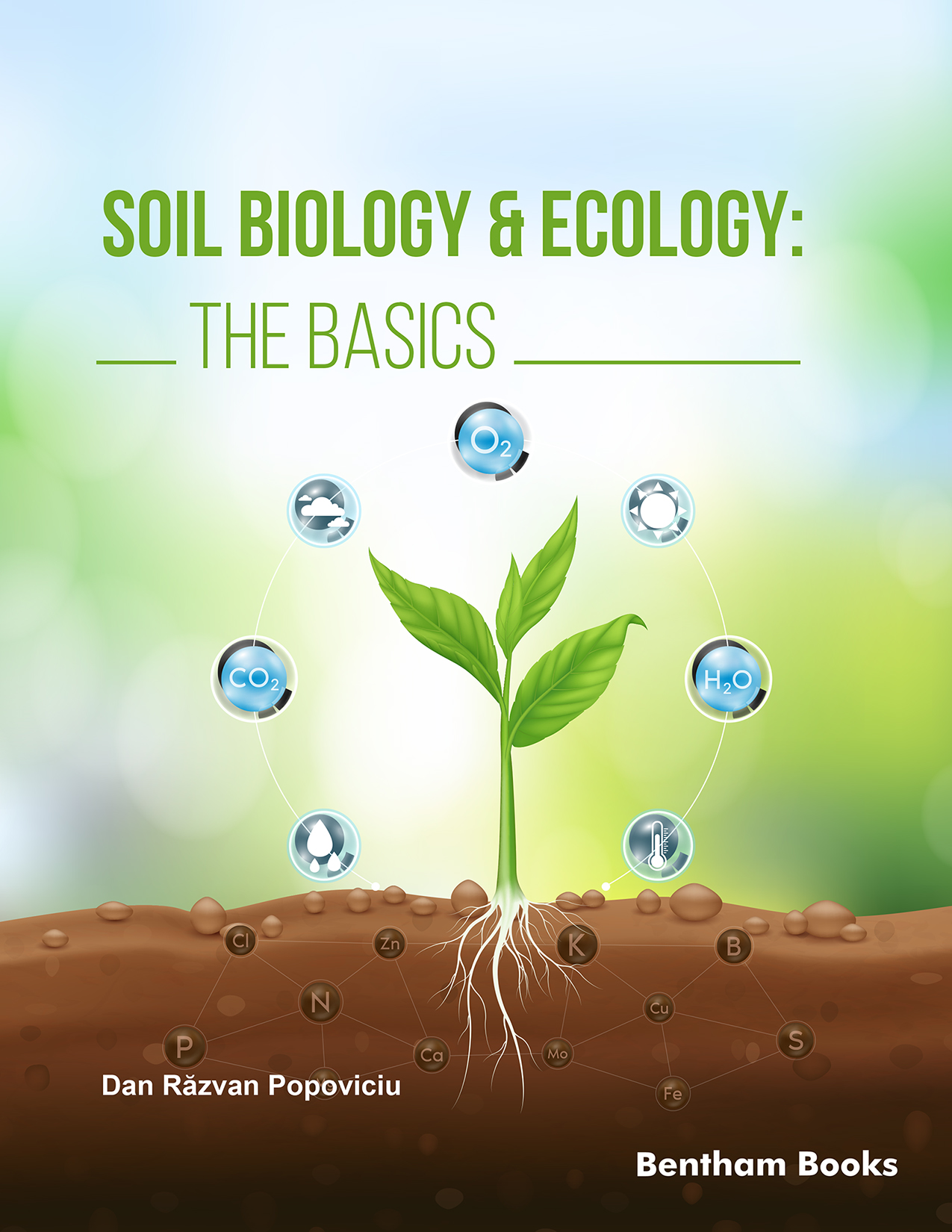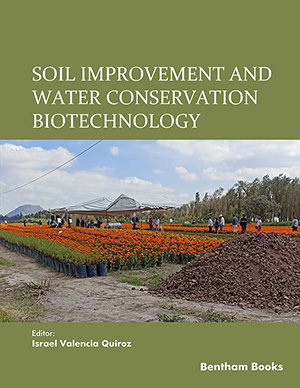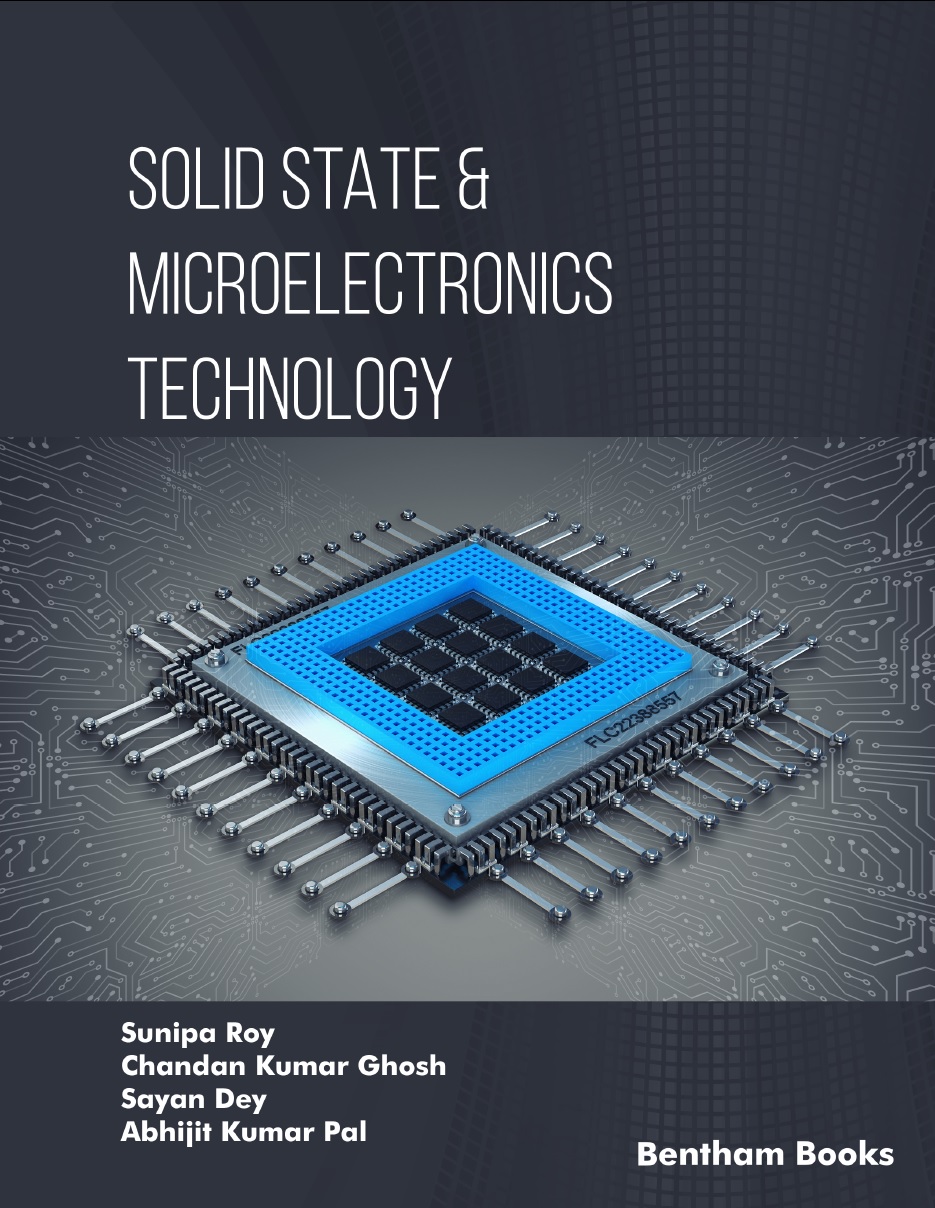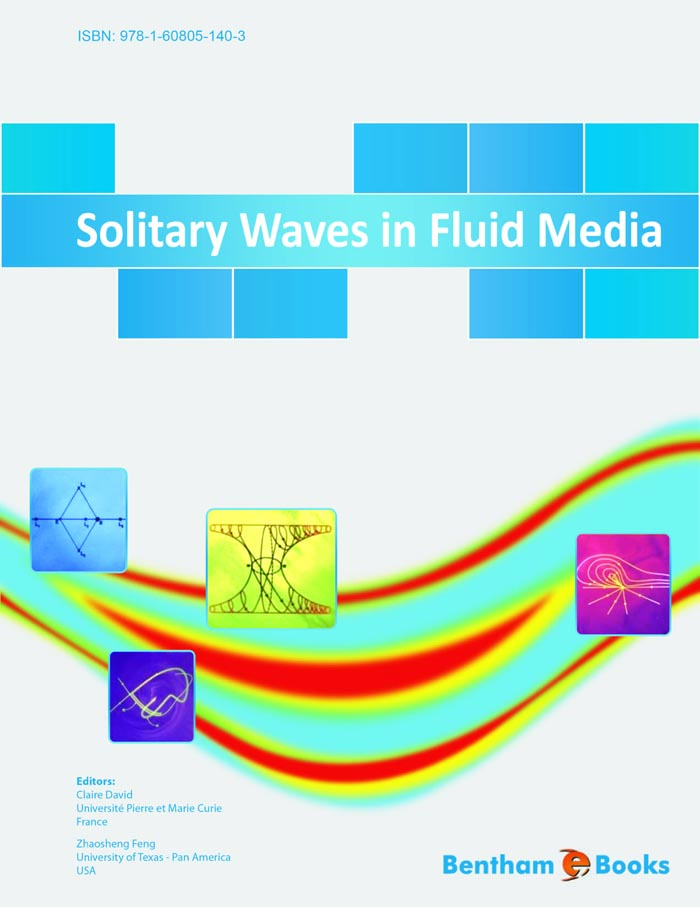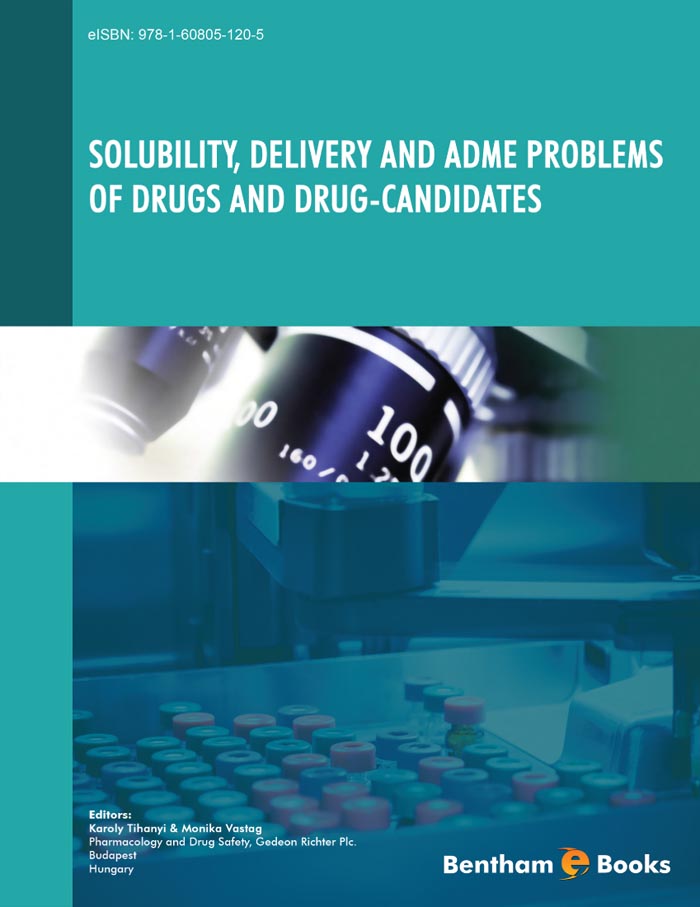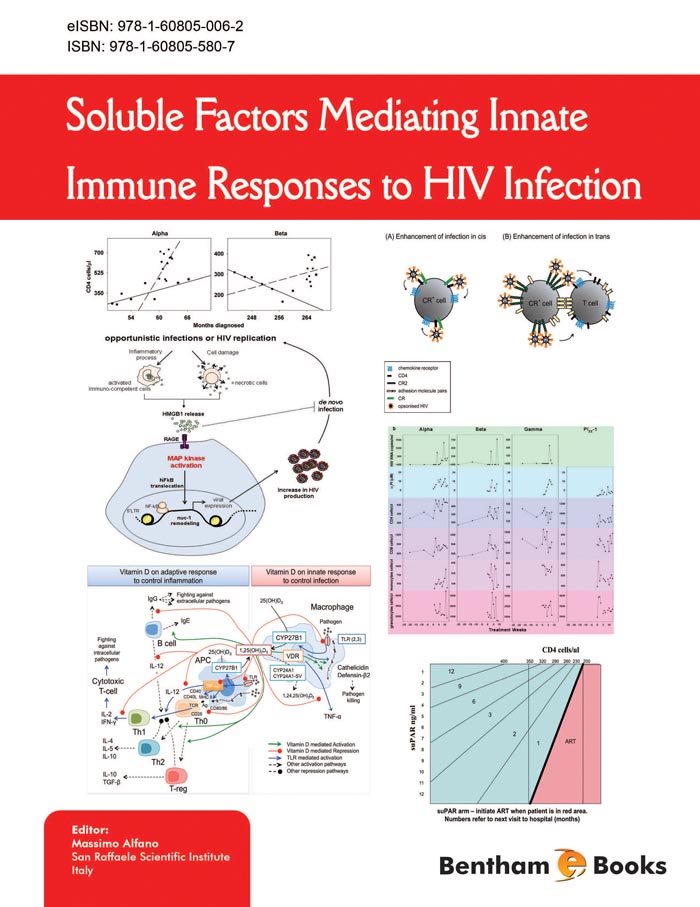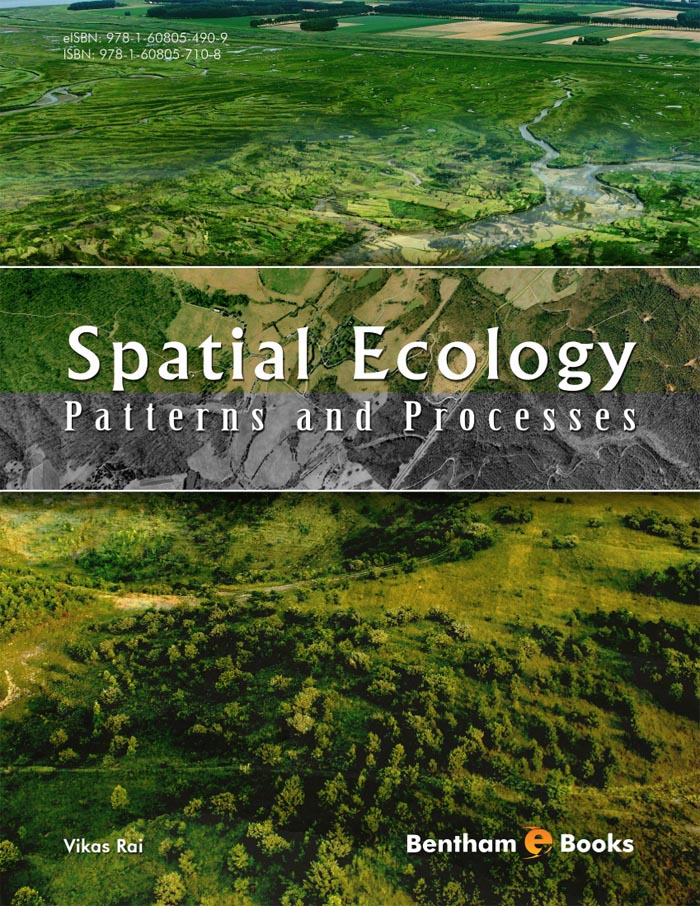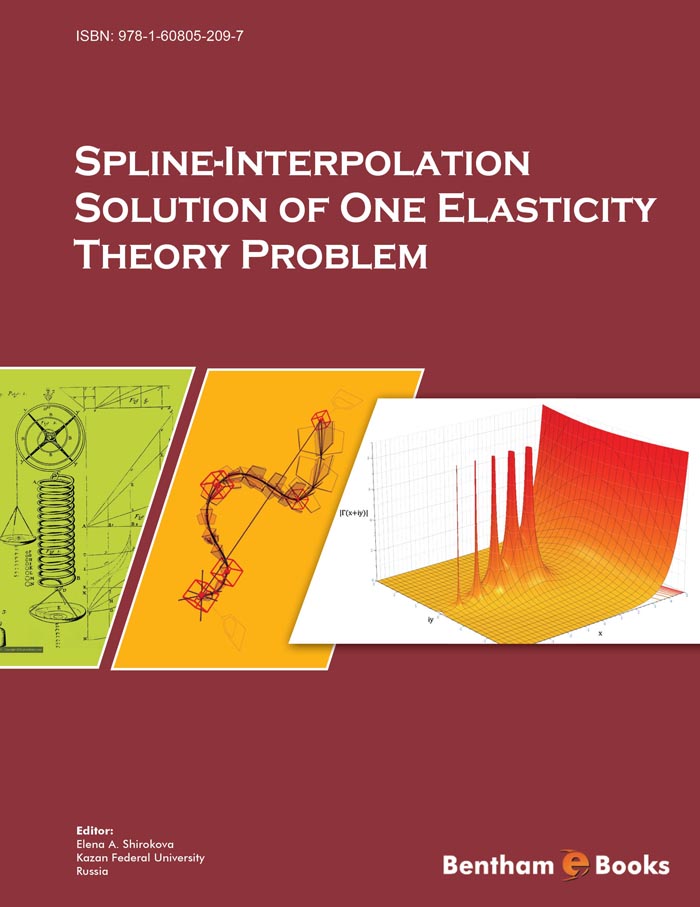Bentham Science Publishers
Bentham Science Publishers is a major publisher of more than 100 peer-reviewed science, technology and medical (STM) journals, along with a rapidly growing collection of eBooks. Since 1993, Bentham Science Publishers has been catering to the information needs of the pharmaceutical, engineering, biomedical and medical research community.1661 - 1680 of 1927 results
-
-
Social Responsibility - Range of Perspectives Per Topics and Countries
Social Responsibility Beyond Neoliberalism and Charity: Volume 4
More LessCurrent global economic crises call for social responsibility to replace neo-liberalistic, one-sided and short-term criteria causing monopolies of global enterprises. Humanity's existence is endangered under the threat of global capitalism, unless the positive concept ‘everyone's social responsibility impacts everyone in society' becomes the basis of the new socio-economic order. This concept must be realized together with related concepts of ‘interdependence' and ‘holism,' embodying the principles of accountability, transparency, ethical behavior, and respect for stakeholders--to support the rule of law, international norms, and human rights.
Range of Perspectives Per Topics and Countries brings forth discussions from researchers from different countries. The contents of this volume include discussions related to community involvement, disaster response and disease epidemics, among other topics. The volume also includes studies on social responsibility standards in a Mexican city as well as a discussion of social responsibility in BIRCS countries.
-
-
-
Social Responsibility - Sustainability, Education and Management
Social Responsibility Beyond Neoliberalism and Charity: Volume 2
More LessCurrent global economic crises call for social responsibility to replace neo-liberalistic, one-sided and short-term criteria causing monopolies of global enterprises. The triad ‘freedom, brotherhood, equality' and ‘the invisible hand' support the hypothesis of interdependence among humans. Humanity's existence is endangered under the threat of global capitalism, unless the social responsibility's concept ‘everyone's social responsibility impacts everyone in society' becomes the new socio-economic order, realized alongside concepts as ‘interdependence' and ‘holism' and using its principles of accountability, transparency, ethical behavior, respect for stakeholders, for the rule of law, for international norms and human rights.
Social Responsibility – A non-technological innovation process explores the realm of social responsibility in the context of innovation, business practice and economic crises. Readers can apply related principles to their business practices and enhance their business prospects in a modern environment facing the challenges of socio-economic crises.
This volume is intended for graduates and professionals working in government organizations and commercial enterprises, to learn basic concepts about social responsibility and introduce holistic management practices in their daily and professional lives.
-
-
-
Soft Robotics
More LessSoft robotics is a subfield of robotics that encompasses the design and fabrication of robots with soft and compliant materials. Soft robots represent components like human prosthetics or biomimicking systems. Soft robotics relies on technically astute designs based on the correct choice of materials to enable a level of dexterity not possible with rigid components alone. The basic prime movers (actuators) and perception (sensors) require control systems capable of accommodating imprecise feedback data and often unpredictable reaction times. Mobility in such robots is more akin to entomological or marine systems than conventional guided vehicles.
This reference is a guide to materials and systems used in soft robotics. If features 6 chapters contributed by robotics experts that review fundamental and applied topics that are important for understanding the requirements of soft robotics design projects and the physics of the polymers involved. Chapters are organized for easy reading and include references.
The topics include:
- Aspects of materials processing and engineering for the development of soft robotic devices
- A review on biological gripping principles and their application to robotics
- Information about self-sensing electroadhesive polymer grippers with magnetically controllable surface geometry
- Theoretical and experimental investigations of magnetic hybrid materials
- Modeling and dynamic analysis of a novel rotary soft robotic arm by transfer matrix method
- Design and control of a portable continuum robot for pipe inspection assisted by a rigid manipulator
This book is a suitable reference for scholars and engineers who are seeking knowledge about materials and design principles in soft robotics with its practical applications.
-
-
-
Software and Programming Tools in Pharmaceutical Research
More LessSoftware and Programming Tools in Pharmaceutical Research is a detailed primer on the use for computer programs in the design and development of new drugs. Chapters offer information about different programs and computational techniques in pharmacology. The book will help readers to harness computer technologies in pharmaceutical investigations. Readers will also appreciate the pivotal role that software applications and programming tools play in revolutionizing the pharmaceutical industry.
The book includes nine structured chapters, each addressing a critical aspect of pharmaceutical research and software utilization. From an introduction to pharmaceutical informatics and computational chemistry to advanced topics like molecular modeling, data mining, and high-throughput screening, this book covers a wide range of topics.
Key Features:
· Practical Insights: Presents practical knowledge on how to effectively utilize software tools in pharmaceutical research.
· Interdisciplinary Approach: Bridges the gap between pharmaceutical science and computer science
· Cutting-Edge Topics: Covers the latest advancements in computational drug development, including data analysis and visualization techniques, drug repurposing, pharmacokinetic modelling and screening.
· Recommendations for Tools: Includes informative tables for software tools
· Referenced content: Includes scientific references for advanced readers
The book is an ideal primer for students and educators in pharmaceutical science and computational biology, providing a comprehensive foundation for this rapidly evolving field. It is also an essential resource for pharmaceutical researchers, scientists, and professionals looking to enhance their understanding of software tools and programming in drug development.
-
-
-
Soil Biology & Ecology: The Basics
More LessSoil Biology & Ecology: The Basics offers an accessible introduction to the diverse and dynamic world beneath our feet. This book explores soil as a thriving habitat, detailing the rich biodiversity of microorganisms and macroorganisms that sustain essential ecological cycles. It covers the key biochemical cycles in soil, including carbon, nitrogen, phosphorus, and sulfur, explaining how these processes contribute to soil fertility and ecosystem health. With a focus on ecological relationships like symbiosis and competition, this guide illuminates the vital role of soil in supporting life and agricultural productivity.
Ideal for students, researchers, and nature enthusiasts, the book is a foundational resource for understanding soil's impact on the biosphere and human food production.
Key Features:
- Comprehensive overview of soil as a living ecosystem
- Detailed coverage of soil microbiota, macrobiota, and biochemical cycles
- Insights into ecological relationships and their practical applications
-
-
-
Soil Improvement and Water Conservation Biotechnology
More LessSoil Improvement and Water Conservation Biotechnology is a comprehensive guide addressing the urgent challenges of soil degradation and water scarcity in agriculture. This book explores innovative biotechnological strategies for enhancing soil health, conserving water, and promoting sustainable agricultural practices. It covers foundational topics like soil composition and water management in arid regions, focusing on Mexico's unique desert environments. Advanced chapters highlight cutting-edge solutions, including biofertilizers, biopesticides, microalgal applications, bioremediation, nanotechnology, and biological desalination. The book also introduces tools like luminescent biosensors for pesticide detection and ethical and social aspects of environmental biotechnology.
Tailored for students, researchers, and professionals in agriculture, biotechnology, and environmental science, this book bridges theoretical insights with practical applications to offer sustainable solutions for global soil and water challenges.
Key Features:
- Biotechnological solutions for soil improvement and water conservation.
- Practical case studies, tools, and methodologies for sustainable agriculture.
- Ethical and social dimensions of environmental biotechnology.
-
-
-
Solar Chimney Power Plants: Numerical Investigations and Experimental Validation
Recent Advances in Renewable Energy: Volume 4
More LessSolar Chimney Power Plants: Numerical Investigations and Experimental Validation summarizes the effect of the geometrical parameters of a solar chimney on the airflow behavior inside a solar chimney power plant. Chapters in this experimental handbook are presented in two parts with the goal of equipping readers with the information necessary to study and determine key factors which affect the performance of the solar chimney power plant.
In the first part, the authors present a simulation developed by using computational fluid dynamics (CFD) modeling software ANSYS Fluent to model the airflow. The adopted CFD models include k-ɛ turbulence model, the DO radiation model and the convection heat flux transfer model. These models have been validated with anterior experimental results.
In the second part, the simulated models are then tested with alternate geometric configurations of the solar chimney power plant. The numerical studies allow readers to consider ways to expand on the design optimizing of the solar chimney when constructing a prototype. Geometrical parameters include the height, the diameter of the chimney and the dimensions of the solar collector and their effect on the temperature and air pressure is documented to validate models used for experimental simulations.
The handbook also includes a study of an experimental prototype, constructed at ENIS. The researchers have gathered data on the environmental temperature, distribution of the temperature, air velocity and the power output generated by the turbine, the solar radiation and the gap of temperature in the collector of the prototype.
-
-
-
Solar Thermal Systems: Thermal Analysis and its Application
More LessThis book encapsulates current information about the science behind solar energy and the solar thermal systems available to meet domestic needs. Several scholars have contributed to the chapters in the text in an effort to distill research-oriented topics for learners.
The book starts with an explainer on the fundamentals of thermodynamics, heat transfer and solar energy in the first 2 chapters. The basics of some solar thermal devices along with their thermal modeling are covered in the next few chapters, along with solar distillation systems. This is followed by information about the design, development and applications of solar cookers along with their thermal modeling. Thermal modeling of semi-transparent PVT systems and their applications are discussed in Chapter 9. Chapter 10 covers the development in solar photovoltaic technology. Chapter 11 and Chapter 12 discusses thermal modeling of greenhouse solar dryers and presents a case study on a hybrid active greenhouse solar dryer. Chapter 13 covers the thermal analysis of photovoltaic thermal (PVT) air heaters employing thermoelectric modules (TEM). The applications of various solar systems in building sectors and the development in this field are covered in Chapter 14. Chapter 15 deals with energy and environ- economics analysis of bio-gas integrated semi-transparent photo-voltaic thermal (Bi-iSPVT) systems for Indian climates.
The book has a broad scope and is intended as a resource for students, researchers and teachers in universities, industries, and national and commercial laboratories to help learn the fundamentals and in-depth knowledge of thermal modeling and recent developments in solar heating systems.
-
-
-
Solid State & Microelectronics Technology
More LessSolid State & Microelectronics Technology is a comprehensive textbook designed for courses in solid state device physics as part of electronics / electrical engineering and IT courses. The book has two main objectives aimed at students and the future engineer: 1) to deliver knowledge of quantum physics and 2) to familiarize them with modern device types and fabrication processes. The breadth of subjects covered in the book serves a useful integrative function in combining fundamental science with applications. Recent developments are illustrated thoughtfully to encourage the reader to adopt this field as their research area. Key features - Adopts a twin approach to learning about solid state devices by blending information about fundamental science with the latest fabrication technology - Covers topics recently introduced into current curricula to cater to the demands of modern engineering - Provides foundational information on quantum physics, semiconductors and electronics - Provides details about advanced devices such as BiCMOS, MESFET and FinFet devices - Encourages readers to pursue further research with detailed illustrations and references
-
-
-
Solitary waves in fluid media
More LessSince the first description by John Scott Russel in 1834, the solitary wave phenomenon has attracted considerable interests from scientists. The most interesting discovery since then has been the ability to integrate most of the nonlinear wave equations which govern solitary waves, from the Korteweg-de Vries equation to the nonlinear Schrödinger equation, in the 1960's. From that moment, a huge amount of theoretical works can be found on solitary waves. Due to the fact that many physical phenomena can be described by a soliton model, applications have followed each other, in telecommunications first, where the propagation of solitons in fiber optics helps in increasing transmission capacity, thanks to their inherent stability, which make long-distance transmission possible without the use of repeaters.
The aim of this book is to present a state of the art theoretical study of solitary waves. Prominent actual works on solitary waves are described.
-
-
-
Solubility, Delivery and ADME Problems of Drugs and Drug-Candidates
More LessThis comprehensive ebook covers all the aspects of ADME/PK modeling including solubility, absorption, formulation, metabolic stability, drug-drug interaction potential and a special delivery tool of drug candidates. The book provides an integrated view of fundamental ADME issues and challenges in early drug development from the aspect of practicing drug researchers. It also provides valuable help for the medicinal chemist in the process of multiple optimization.
-
-
-
Soluble Factors Mediating Innate Immune Responses to HIV Infection
More LessHuman Immunodeficiency Virus (HIV) infection represents one of the biggest challenges of current years. However, scientists and physicians still do not have an efficient therapy for preventing or eradicating the virus. The selection of drug-resistant strains as well as side-effects, represent common problems encountered in all anti-viral therapies. However, it has been clearly demonstrated that the potency of early immune responses profoundly regulates levels of HIV, and hence also the generation of virus mutants as well as the velocity of disease progression to AIDS.
A prominent feature of this e-book is the focus on interaction between innate immunity and HIV infection. This topic has been investigated by many authors from the late 80's, and many soluble factors responsible for such activity have been discovered, such as suPAR and HMGB1. At present, these two novel factors are the subject of very intense research on HIV infections.
A key advantage of this e-book is the selection of authors, recognized worldwide as leading experts in their field. Because of the comprehensive coverage, as well as the eminence of the authors, this e-book provides a detailed and high quality description about the role of innate immune responses regulating HIV replication. It should prove to be a useful resource for readers interested in immunology and HIV research.
-
-
-
Solutions to Problems of Controlling Long Waves with the Help of Micro-Structure Tools
More LessIn recent times the idea of cloaking has become very popular. After radar and sonar were discovered, problems of "visibility" reduction for physical bodies in air (by electromagnetic waves) or in water (by acoustical waves) have immediately become serious areas of research in physics. New technologies (sensors, actuators) of high spatial-temporal resolution, metamaterials and new computers with fast and accurate calculations, in combination with nontraditional versions of solutions to these boundary problems, have allowed physicists to obtain successful results in some cases. This e-book presents a rare attempt to understand the cloaking problem as a whole. The book should be useful for readers with a strong interest in contemporary problem solving approaches in the physics of waves.
-
-
-
Some Recent Advances in Partial Difference Equations
More LessLately there is an increasing interest in partial difference equations demonstrated by the enormous amount of research papers devoted to them. The initial reason for this increasing interest was the development of computers and the area of numerical analysis, where partial difference equations arise naturally when discretizing a partial differential equation. The aim of this e-book is to provide some recent advances in the field of partial difference equations. Applications of partial difference equations in numerical analysis and systems theory are also presented. This e-book will be of use to high level undergraduate students, graduate students and researchers working in the area of partial difference equations.
-
-
-
Sophie's Cave (Germany) - A Late Pleistocene Cave Bear Den
Famous Planet Earth Caves: Volume 1
More LessFamous Planet Earth Caves - The new series presents important caves or rock shelters in any kind of rock types all over the world. Each book focuses on a single cave presentation covering different and most important disciplines of a cave: Geology (e.g. cave genesis, sedimentology, speleothems) such as Hydrogeology (e.g. speleothems for climate reconstructions, aquifer reconstructions), Paleontology (e.g. cave bear or carnivore dens), Archeology (e.g. Palaeolithic to Medieval camp or burial sites) and modern Biology (e.g. bat caves). The books are scientific chaptered monographs, sometimes of show caves, but often of non- or difficult to access caves. The well-illustrated books are written in a mixed scientific and popular scientific way for a better understanding and larger readership, especially speleologists and natural scientists all over the world.
-
-
-
Spatial Ecology: Patterns and Processes
More LessSpatial Ecology elucidates processes and mechanisms which structure dynamics of real world systems; these include lakes, ponds, forests and rivers. Readers are introduced to contemporary models in ecological literature based on the author's research experience. The e-book starts by presenting an introduction to basic mechanisms of ecological processes. This is followed by chapters explaining these processes responsible for generating observed spatial patterns in detail. The e-book concludes with a chapter on water quality management and its relevance to the spatial setting in a wetland area. This text in spatial ecology is a welcome resource for readers interested in models, methods and methodologies best suited for the study of advanced ecology courses and topics related to ecosystem structure, function and habitat fragmentation.
-
-
-
Sperm-Mediated Gene Transfer: Concepts and Controversies
More LessSperm-mediated gene transfer (SMGT) represents a novel set of technologies for animal (or in the future, human) genetic modification using the sperm as a vector, as opposed to more traditional established routes such as fertilized eggs or embryonic stem cells.
Studies of sperm-mediated gene transfer (SMGT) indicate that sperm cells possess the ability to be utilized as carriers of exogenous genetic sequences, offering the potential of a novel cost-effective route for germline genetic modification. The fate of transgenes borne by sperm cells has been inconsistent, and analysis of offspring from SMGT experiments has shown a mixed picture in terms of genomic integration of the transgene, suggesting an episomal mode of inheritance. Various distinct steps in transgene uptake by the sperm cell have been described or proposed, including a model based upon endogenous reverse transcriptase activity. Although mature sperm cells are naturally protected against uptake of foreign nucleic acid molecules, certain environmental conditions, for example at key times within the reproductive tract, may reduce this protection, suggesting that SMGT may occasionally take place in nature. If correct, this carries profound implications for evolution and human genetic health. This e-book brings together theoretical and empirical reviews from experts in SMGT, providing comprehensive coverage of the major trends, developments and controversies in this novel field. This e-book is intended as a reference for professional researchers in the field of animal genetic modification (transgenesis) as well as teachers, scientists and physicians interested in medical genetics in general and gene therapy in particular.
-
-
-
Spinal Surgery Biomechanics: Principles for Residents and Students
More LessSpinal Surgery Biomechanics: Principles for Residents and Students provides a comprehensive overview of the biomechanical principles essential for understanding spinal surgery techniques. This book explores key topics, including pedicle screw anchorage, lumbar total disc replacement, interbody fusion techniques, and spinal surgery in osteoporotic patients. It also covers degenerative spondylolisthesis, interspinous devices, and spinal stability classification systems.
Written for students, residents, and researchers, this volume simplifies complex biomechanical concepts with clear explanations, clinical insights, and up-to-date research findings.
Key Features:
- Covers essential biomechanics relevant to spinal surgery procedures.
- Discusses surgical approaches, implant selection, and stability mechanisms.
- Examines spine surgery in osteoporotic and degenerative conditions.
- Explores motion-preserving and fusion-based spinal implants.
- Reviews classification systems for spinal trauma and instability.
-
-
-
Spline-Interpolation Solution of One Elasticity Theory Problem
More LessThe book presents methods of approximate solution of the basic problem of elasticity for special types of solids. Engineers can apply the approximate methods (Finite Element Method, Boundary Element Method) to solve the problems but the application of these methods may not be correct for solids with the certain singularities or asymmetrical boundary conditions. The book is recommended for researchers and professionals working on elasticity modeling. It explains methods of solving elasticity problems for special solids. Approximate methods (Finite Element Method, Boundary Element Method) have been used to solve these problems. The interpolation and the spline-interpolation solutions of the 3D problem of the theory of elasticity have been constructed in this work. The spline-interpolation solution can be considered as a variant of the finite element method.
-
-
-
Stability of Geotechnical Structures: Theoretical and Numerical Analysis
Frontiers in Civil Engineering : Volume 1
More LessStability of Geotechnical Structures: Theoretical and Numerical Analysis is a comprehensive introduction to the theory and applications of soil mechanics in structural stability. Chapters explain different mathematical methods to calculate structural stability metrics. Topics covered in the book include upper and lower bound methods, kinematic methods, slip line methods, limit analysis, limit equilibrium, and element methods. Additionally, fundamental principles in plasticity formulation are discussed in sufficient details, and sample computer programs are included to aid the readers in learning the presented theoretical material. The book also features worked examples for easy understanding. Theoretical material in the book is based on actual research conducted by the authors, with additional literature reviews and discussions about important topics in geotechnical engineering.
Stability of Geotechnical Structures: Theoretical and Numerical Analysis is suitable for students undertaking advanced foundation or geotechnical engineering courses at undergraduate or postgraduate levels.
Frontiers in Civil Engineering brings scholarly references on all topics related to civil engineering to the fore. Each volume presents thematic information on theoretical frameworks and practical applications in the field, including (but not limited to) soil and rock mechanics, flood control, road and railway engineering, and the construction of large buildings, bridges and dams. The series aims to compile and present useful information in the form of handbooks and monographs for students involved in technical courses in addition to providing updated references for professional engineers about the latest trends in civil engineering.
-





